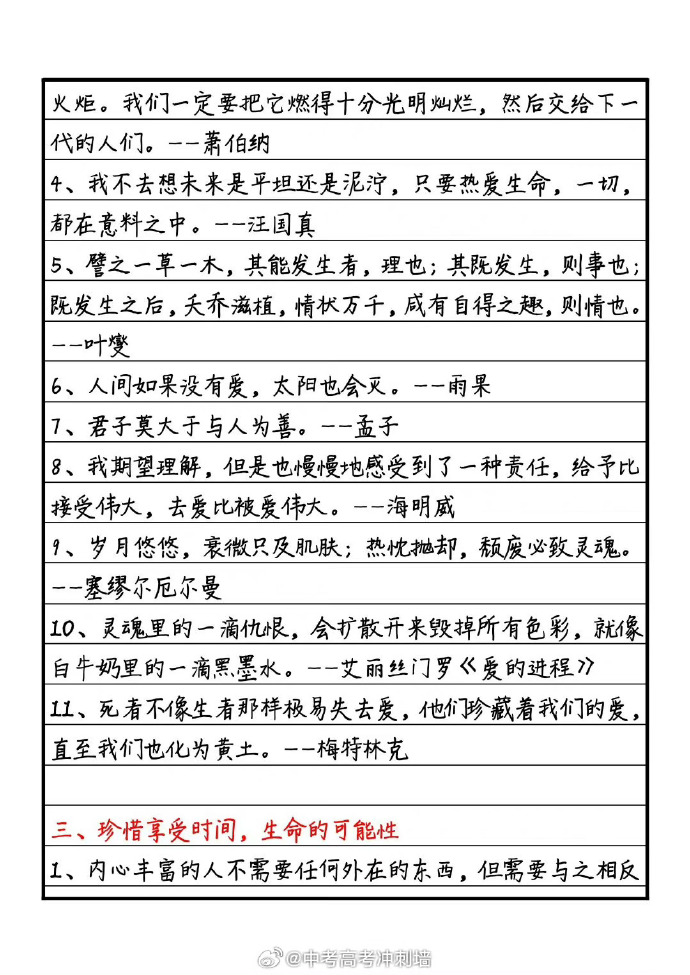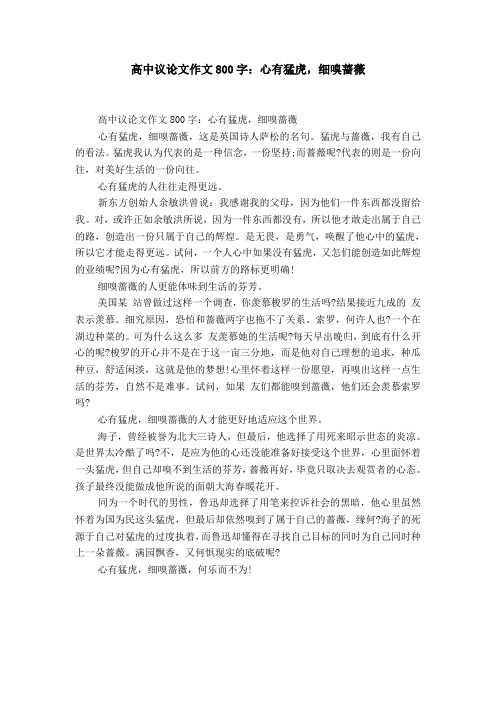Title: The Evolution of Online Shopping
In recent years, the convenience and accessibility of online shopping have revolutionized the way we shop for goods and services. This essay will explore the advantages and disadvantages of online shopping from various perspectives to provide a comprehensive overview. Firstly, one of the most significant advantages of online shopping is its convenience. It allows customers to shop at any time and from anywhere, as long as they have an internet connection. Additionally, online retailers often offer a wider range of products than physical stores, including unique and hard-to-find items that may be difficult to find in local stores. Furthermore, many online retailers also provide customer reviews and ratings, which can help shoppers make informed purchasing decisions. However, online shopping also has its drawbacks. For example, it is not possible to physically inspect or try on clothes before purchasing them, which can lead to unsuitability issues. Additionally, there is a risk of fraud and security breaches when making transactions online, particularly with untrustworthy websites. Secondly, another significant advantage of online shopping is cost savings. Many online retailers offer competitive prices and discounts, making it easier for customers to save money without sacrificing quality. Additionally, some retailers even provide loyalty programs and rewards programs that reward repeat customers with points and benefits. However, online shopping also has its downsides. For example, shipping costs can be high due to the logistics involved in delivering large items across different countries. Additionally, some customers may experience delays or issues when trying to return or exchange items if they are not satisfied with their purchase. Thirdly, online shopping offers greater flexibility in terms of delivery options. Customers have the choice of selecting between standard shipping and express delivery based on their needs and preferences. Additionally, many online retailers now offer same-day delivery or next-day delivery options for urgent purchases. However, these additional features also come at a cost as these services often require customers to pay additional fees. Fourthly, online shopping enables customers to access a vast range of products that may not be available in their local area. This includes niche or hard-to-find products that may not be easily found in traditional brick-and-mortar stores. Additionally, customers can research products before purchasing by reading reviews and comparing prices. However, this convenience also comes with a caveat - the selection of products online may be limited to those offered by the retailer's inventory, rather than being representative of the entire market. Fifthly, online shopping promotes environmental sustainability by reducing carbon emissions and conserving resources. This is because online retailers typically use digital infrastructure instead of physical storefronts, which reduces waste and energy consumption. Additionally, consumers can support sustainable businesses by choosing online retailers that prioritize eco-friendly practices. However, there are concerns about the environmental impact of eCommerce, particularly in the case of packaging and logistics. Sixthly, online shopping provides greater access to global marketplaces and a wider variety of products. This includes international brands and products that may not be available locally. Additionally, online retailers often offer international shipping options for customers seeking to purchase goods from other countries. However, this increased access to global markets comes with potential risks such as cultural differences in product descriptions and language barriers. Seventhly, online shopping encourages social interaction and community building. Customers can interact with each other through forums and discussion boards related to the products they are interested in. This can create a sense of camaraderie among buyers and facilitate sharing of recommendations and experiences. Additionally, online retailers often offer exclusive content and events to their subscribers or followers, fostering a sense of community and engagement. However, this aspect may be limited by factors such as privacy concerns and the need for moderation on certain platforms. Eighthly, online shopping offers greater customization options compared to traditional brick-and-mortar retail. Customers can choose from a wide range of products, colors, sizes, and designs, allowing them to personalize their purchases according to their preferences and needs. Additionally, online retailers often offer personalized recommendations based on a customer's browsing history and behavior. However, this customization process requires careful consideration as overcustomization may lead to confusion or disappointment. Finally, online shopping provides greater convenience and efficiency for both customers and retailers. With just a few clicks of a button, customers can order their desired items and receive them promptly without leaving their homes. Additionally, online retailers often use advanced technology to optimize their supply chain processes, minimizing the risk of stockouts and delays in delivery. However, this convenience must be weighed against the risk of cybersecurity threats and data breaches that may occur when shopping online. In conclusion, online shopping represents an evolution in the way consumers shop and offers numerous advantages over traditional brick-and-mortar retail. From convenience to cost savings to enhanced customization capabilities, online shopping has transformed the way people buy goods and services. As we continue to embrace this new mode of commerce, it is crucial to recognize both its strengths and limitations and strive to balance convenience with safety and sustainability. By doing so, we can ensure that the benefits of online shopping continue to enrich our lives and contribute to a more connected and equitable world.
 佰一阅读网
佰一阅读网

















